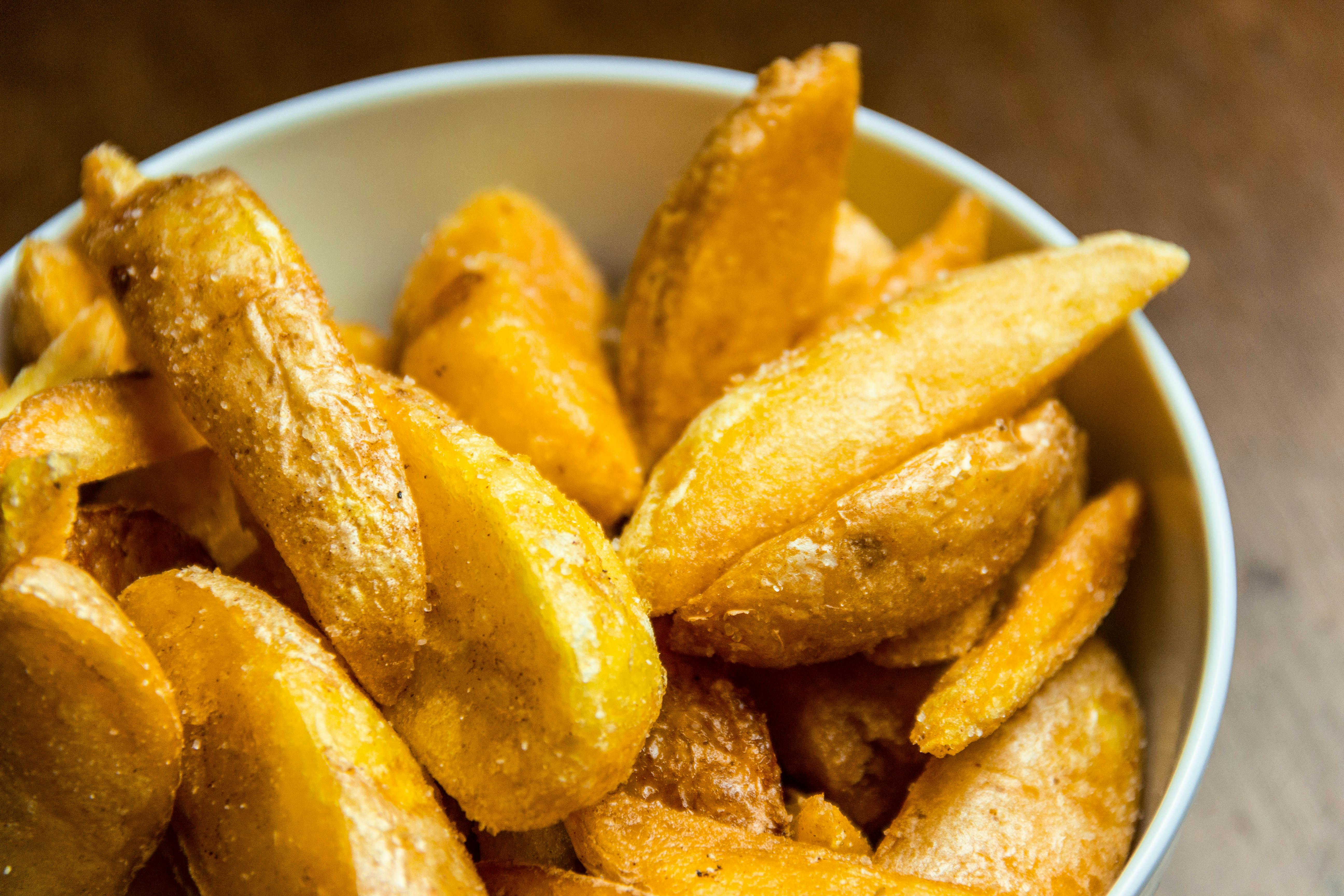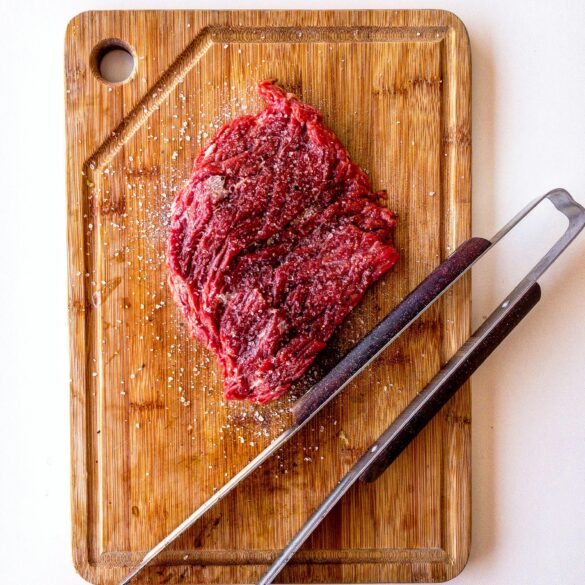Switzerland Rösti Secrets: Chef Tactics for Crispy Potato Perfection
Ever bit into Rösti and wondered, “How do the Swiss get it that crisp?” Honestly, when I first landed in Zurich years ago, my food focus was all about fondue and chocolate (I know, cliché!). But one snowy Sunday, I followed a seasoned chef through a market, past rows of potatoes so fresh you could still smell the earth. “Rösti’s the real test,” she winked, tossing me a waxy yellow tuber. Back then, my Rösti turned out—well, let’s be generous—more like potato mush than anything you’d find in a Swiss farmhouse. What I’ve learned since is this: mastering Rösti is an art form, one that blends science, intuition, local tradition, and the magic of heat control.1
Here’s where things get interesting. While most people outside Switzerland see Rösti as “just a hash brown,” insiders know each region’s approach is different: Zürich wants it golden and neat, Bern wants it rugged and hearty. Over dozens of attempts—burnt edges, gummy middles, and more than a few pan flops—I kept asking: Is there a universal blueprint for crisp, unforgettable Rösti? Or is the perfect potato pancake always a little improvised?2
Let’s Set the Scene:
Rösti is Switzerland’s answer to comfort—a morning staple, a festival favorite, a sidekick to everything from alpine cheese to tender Zürcher Geschnetzeltes. And yet, most recipes gloss over the nuances that separate okay Rösti from legendary Rösti. What really matters? Potato type, water content, pan technique, and patience. Want crispy? You’re going to need to rewire your approach. But first, we’ll zoom in on authentic Swiss secrets, chef tips, and the honest, sometimes messy realities of real home cooking.Swiss Rösti Roots & What Sets It Apart
Let me step back for a moment. Rösti began in the fields—rural, pre-industrial Switzerland, with farmers using simple griddles to transform raw potatoes into a filling meal. While some argue Rösti is just peasant food (and, sure, it is hearty), these days, it’s found in the fanciest restaurants. What really strikes me isn’t just the taste; it’s how each canton puts its stamp on technique: some boil potatoes first, others grate them raw. Zürich’s version is neat and golden, Berner Rösti is more rustic and thick3.
I remember watching a Bernese grandmother drop grated potatoes into a pan with bacon lardons—no measuring, just instinct. “The secret’s in the sizzle,” she said, tilting her cast-iron to let the fat pool under the crust. I’ll be completely honest: I tried copying that move, and instead of crispy, I got a patchwork of raw and burnt. What I should have done? Let the potatoes rest, and manage heat like a hawk.
What Makes Rösti Uniquely Swiss?
- Regional pride: Zürich, Bern, Vaud, and Grisons all claim “the best” Rösti
- Texture: The coveted outer shell is deeply crisp, inner potatoes melt-in-your-mouth
- Technique variation: Parboiled vs. raw, bacon or pure, pan vs. oven
- Occasions: Rösti is breakfast, lunch, dinner, festival, farmhand snack
- Flavor balance: Salt, fat, and sometimes the faint sweetness of mountain-grown potatoes
Key Insight
If you’ve only tasted restaurant Rösti, you’re missing out. The best Rösti happens at home, preferably in a battered old pan and with potatoes you’ve chosen yourself.Before we dig into chef-level tech, let me clarify: Rösti is simple at a glance, but mastering that shatteringly crisp crust while keeping the interior creamy requires more than luck—it’s about ingredient control, technique, and slowing down enough to let the potatoes do their thing.
Potato Selection: The Chef’s Shortcut to Success
Ever asked a Swiss chef what the secret to Rösti is? Nine times out of ten, the answer starts with the potato—specifically, its water and starch content. Here’s the thing: Most home cooks grab whatever’s in the pantry, assuming all potatoes make decent Rösti. Not exactly. I’m partial to waxy types (like Agria, Charlotte, or Yukon Gold) because they hold together beautifully after grating and yield that signature crispy edge without falling apart.5
Chef’s Tip
Parboiling potatoes (boiling, then chilling overnight) is game-changing. It creates a dry, firm texture that fries instead of steam-cooking. Raw grating works, but expect softer, sweeter Rösti.| Variety | Texture | Typical Use | Crispiness Score |
|---|---|---|---|
| Agria | Firm, waxy | Traditional Swiss Rösti | 9/10 |
| Charlotte | Waxy, smooth | Breakfast Rösti | 8/10 |
| Yukon Gold | Creamy, medium waxy | All-rounder | 7.5/10 |
| Russet | Starchy, dry | Non-traditional, USA style | 6/10 |
What struck me about this? Choosing the right potato saves you from heartbreak (and pan scrubbing). Plus, the Swiss take their potatoes seriously—some farmers spend lifetimes breeding for flavor and texture.6 Picking local varieties isn’t just tradition, it’s a flavor guarantee.
Ultimate Chef Crisping Techniques
Okay, let’s step back. It’s easy to say “get it crispy,” but crispy Rösti is hard-won. After too many soggy breakfasts (which I forced my partner to eat anyway: culinary solidarity!), I learned that the real trick is moisture management and patience. Here’s what works:
- Grate cold, dry potatoes – moisture ruins crisp.
- Squeeze out excess water after grating (use a kitchen towel).
- Preheat pan to medium-high, add fat before potatoes (clarified butter or Swiss lard).
- Resist stirring: let the crust form undisturbed for 5-7 minutes.
- Flip carefully using a plate, then add more fat around edges for second side.
- Let it rest 1-2 minutes—crust sets as Rösti cools.
Troubleshooting Crispy Rösti
- If your Rösti sticks—pan not hot enough, potatoes too wet.
- If your center’s gummy—spread potatoes thinner, increase pan heat slightly.
- If your crust refuses to brown—use clarified butter, not oil; oil burns faster, butter browns better.
- For extra crunch—dust with a pinch of salt halfway through cooking.
What really excites me about chef Rösti tricks? There’s always room for creativity. One Swiss chef I met sprinkled her Rösti with caraway; another used goose fat (outrageous!). I’m not convinced all tweaks work, but experimenting is half the fun.
Common Rösti Mistakes I’ve Personally Made
- Using starchy potatoes for “authentic” Rösti—result: gluey mess.
- Skipping pre-cook chill—makes Rösti fall apart mid-flip.
- Pressing Rösti too hard—kills lightness, makes a dense shell.
- Cooking over high heat throughout—burnt edges before the inside sets.
Actually, let me clarify something: mistakes are inevitable with Rösti. You’ll improve with each batch. The more I think about it, the more I realize the process is cyclical—each wrong Rösti is a stepping stone to that shatteringly perfect crunch.

Seasonal Variations & Local Rösti Twists
Let me think about this: How does Rösti change throughout the year? Seasonality is massive in Switzerland—summer Rösti gets lighter, with fresh herbs (parsley, chives, wild garlic), while winter means richer fats (goose or duck), cheese, and maybe the addition of root vegetables for sweetness. Not all chefs agree on adding extras, but one mountain lodge in Graubünden makes Rösti with speck and apples, and, honestly, it’s bonkers.7
Chef’s Seasonal Advice
In spring, try Rösti with asparagus tips or ramps. In autumn, slip in sautéed leeks or chestnuts. Winter? Melt Gruyère or sprinkle crispy bacon on top for a meal that’s pure alpine comfort.| Season | Flavor Additions | Suggested Pairings |
|---|---|---|
| Spring | Herbs, ramps, asparagus | Poached eggs, smoked trout |
| Summer | Fresh parsley, chives | Grilled sausage, tomato salad |
| Autumn | Leeks, chestnuts | Rabbit stew, cider |
| Winter | Gruyère, bacon | Fondue, smoked ham |
On second thought, there’s more innovation: vegan Röstis with olive oil and vegan cheese are popping up everywhere, just as gluten-free (potato-only, no flour) versions become the norm for health-conscious Swiss cooks.8
Chef Extras: Garnishes, Sides & Swiss Pairings
Funny thing is, I used to think Rösti was just for breakfast—until I spent an evening in Bern, where Rösti came bathed in rich mushroom cream sauce, sided by smoked ham. If you want to go next-level:
- Pair with Zürich-style veal (“Geschnetzeltes”), a creamy sauce dish.
- Top with a sunny fried egg, fresh parsley, or chive.
- Serve with crisp, vinegary cucumber salad for balance.
- Finish with a drizzle of browned butter and chopped shallots.
Management always wants “consistency,” but that’s where home cooking shines—don’t be afraid to vary toppings and sides. Ever notice how Rösti at big hotels is always uniform? Locals pile on improvisational flavor: caramelized onions one night, a wedge of raclette the next.9
Call to Action: Try This At Home
Experiment with a new garnish or pairing this week—Rösti accepts everything from cured meats to vegan spreads. Post a photo and share your regional twist!Regional Rösti Cheat Sheet
| Region | Rösti Style | Signature Additions |
|---|---|---|
| Zürich | Thin, crisp shell | No extras |
| Bern | Rustic, thick | Bacon, onion |
| Vaud | Soft center | Gruyère cheese |
| Graubünden | Mixed potato | Speck, apple |
Ever wonder why Swiss menus specify the Rösti region? It’s pride, yes, but also flavor. I have to say, the Graubünden apple Rösti with Alpine speck is my current obsession—sweet, salty, intensely savory. Try it if you get a chance!
Conclusion & Key Takeaways for Home Chefs
Let that sink in for a moment: something as simple as grated potatoes and hot fat can spark a centuries-old culinary rivalry—and inspire endless home experiments. Here’s the thing: I’m still refining my Rösti, and I’m not convinced perfection is a fixed destination. It’s about patience, the right potato, and willingness to improvise. Earlier this year, I spent five hours in a Lauterbrunnen kitchen, batch-testing crust thickness for a catering client. What worked? Agria, parboiled, a touch of lard, medium heat, and a lot of waiting. But honestly, the failures taught me more than the successes.10
Key Takeaways for Crispy Rösti Mastery
- Choose waxy, local potatoes for maximum crispness and flavor.
- Parboil and chill for firmer texture.
- Grate, squeeze, spread thin, and don’t rush the crust.
- Experiment with regional additions—cheese, speck, apple, herbs.
- Honor your own mistakes—they’re steps toward mastery.
References & Further Reading
References



